Ancient Encounters
Maharashtra India
Mother Masala Tours
Shores of Trading Empires
Maharashtra India. The third-largest state by area, is located in the western heart of the nation. Its name is derived from the Sanskrit words “Maha” (great) and “Rashtra” (nation), symbolizing its historic prominence. With a legacy stretching back to ancient civilizations, this land holds stories of valor, art, knowledge, and spirituality. From the caves of Ajanta and Ellora to the seat of power under the Maratha Dynasty led by Chhatrapati Shivaji Maharaj, Maharashtra has been home to transformative epochs in India’s history. It has seen empires rise and fall, becoming a crucible of trade, religion, and culture. Today, it thrives economically and culturally, maintaining a delicate balance between its industrial growth and the preservation of its historical essence.
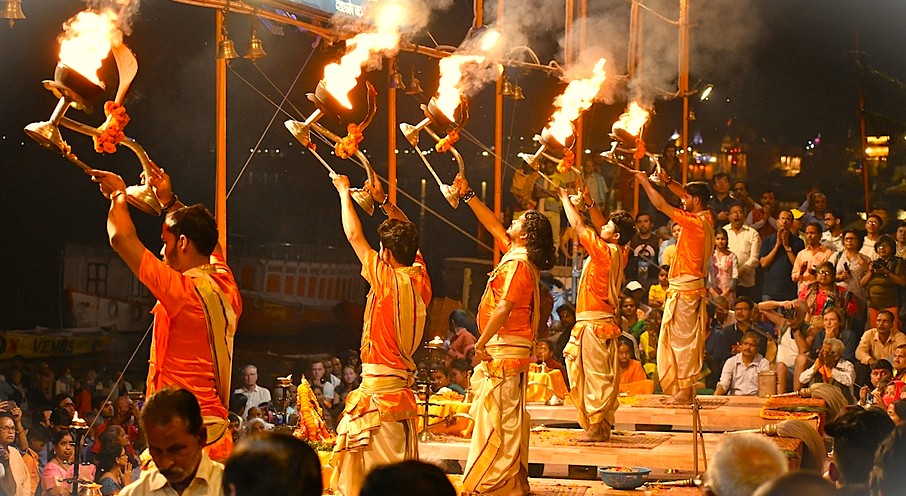
Maharashtra India: Origins of a Great Nation
The historical origins can be traced to the Satavahana Dynasty, which rose to prominence around the 3rd century BCE after the decline of the Mauryan Dynasty. For over 400 years, they ruled a vast territory from their capital in Pratishthana, now known as Paithan. The Satavahanas were great patrons of literature and artistry, and the Marathi language's oldest form, Maharashtri Prakrit, flourished under their reign. Following them, the Vakataka Dynasty became a dominant power in the region from the 3rd to the 5th centuries CE. They were notable patrons of the arts, and it was during their rule that some of the most beautiful caves and murals at the Unesco World Heritage site of Ajanta were created.
Ancient Empires and Trade
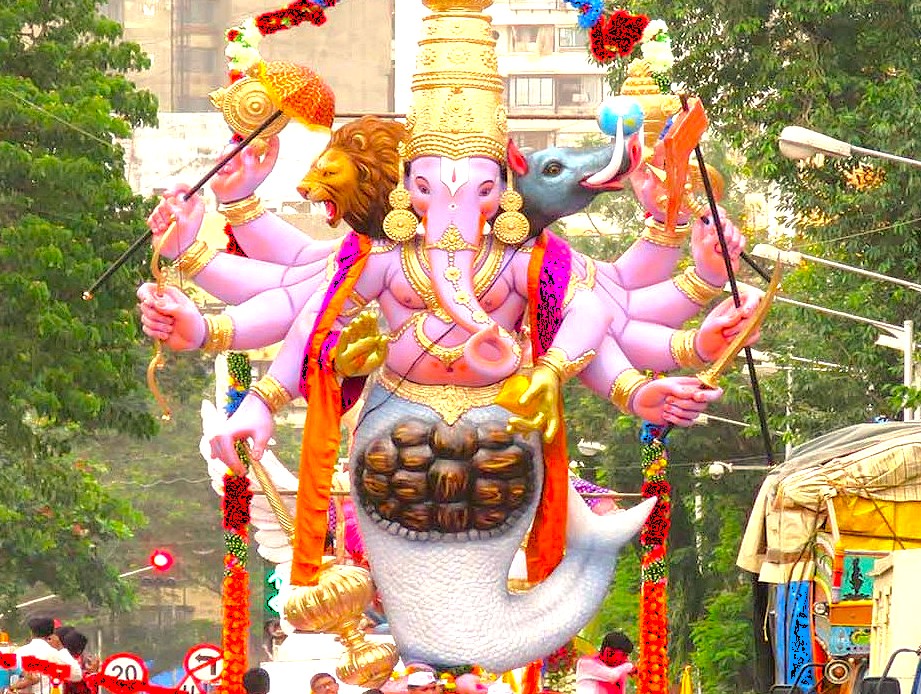
Maharashtra’s recorded story begins with its role as a critical part of the Mauryan Empire in the 4th century BCE. Under the reign of Emperor Ashoka, the region became a flourishing center for Buddhism, evidenced by the initial creation of monumental rock-hewn caves like those at Ellora. Following the Mauryans, the Satavahana Dynasty continued this legacy for over four centuries, sponsoring further development and artistic expression in these unique sanctuaries. These were not just resting spots; they were elaborate monasteries - viharas, and prayer halls - chaityas, carved from solid rock for monks and pilgrims.
The Yadava Dynasty and Beyond
The Yadavas - whom Krishna belonged to, ruled Maharashtra between the 9th and 14th centuries CE from their capital at Devagiri - Daulatabad, left a profound legacy. They are credited with promoting Marathi as a language of governance and literature. Yadava rulers like Ramachandra expanded irrigation systems to ensure the agricultural prosperity of the state. These efforts were essential in securing Maharashtra’s sustenance, setting an example followed by subsequent rulers.
Battles That Shaped Maharashtra
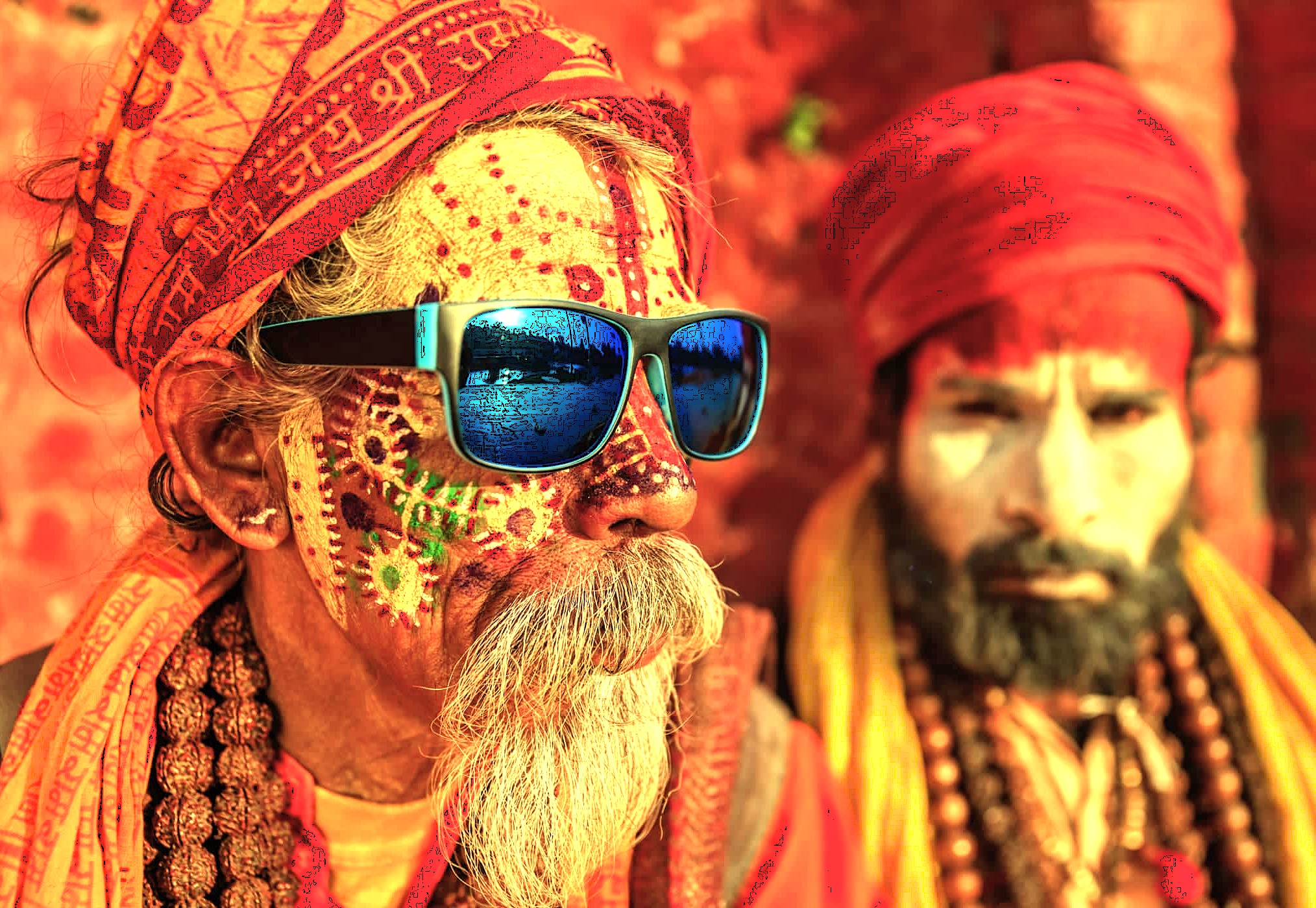
Mahararashtra India. Has been shaped by pivotal battles that impacted its role in Indian history. Notable among them is the Battle of Panipat in 1761, where the Marathas clashed with the forces of Ahmad Shah Abdali. Although the battle ended in a setback for the Marathas, their unity and intent to safeguard Indian sovereignty resonate strongly within the cultural psyche of the region. Internal resistance against later British colonization also saw fierce uprisings across the state. During colonial rule, Maharashtra nurtured revolutionary figures like Bal Gangadhar Tilak and Gopal Krishna Gokhale.
Flavors of the Deccan Plateau
The cuisine is known for its variety and depth. From the spicy "Misal Pav" to the sweet "Puran Poli," its dishes intertwine culinary mastery with stories of the land. For example, the preparation of "Vada Pav" is linked to industrial settlements in Mumbai. Ingredients like millet, rice, lentils, and fresh coconut are heavily utilized, reflecting regional aptitudes in balancing flavors for sustenance and taste.
The Story of Ajanta and Ellora Caves
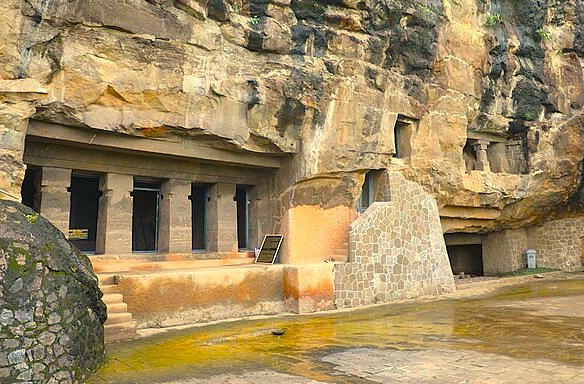
The Ajanta and Ellora caves, both UNESCO World Heritage sites, embody Maharashtra’s deep cultural wisdom. With caves dating from the 2nd century BCE, is renowned for its breathtaking murals. These frescoes, created with natural pigments, vividly narrate the Jataka tales, depicting the Buddha’s previous lives with incredible emotion and detail. Lost to the world for centuries, their rediscovery revealed an artistic treasure trove. Not far away, Ellora reveals unparalleled architectural magnificence. Its 34 caves, carved between the 6th and 9th centuries CE, represent Buddhist, Hindu, and Jain traditions existing in close proximity.
Celebrations of Unity
Maharashtra India. Festivals, including Ganesh Chaturthi, reflect its cultural and communal engagement. Ganpati celebrations, initiated by Bal Gangadhar Tilak in the 19th century for anti-colonial unity, continue with fervor. The Elephanta Festival brings classical performing arts alive near Mumbai, infused with a historical backdrop. Meanwhile, Gudi Padwa heralds the Marathi New Year, celebrated through processions decked with flag-poles, signifying new beginnings.
The Gods of Maharashra
While the Hindu pantheon is widely revered, Maharashtra has a particularly deep devotion to several key deities who are central to its cultural and spiritual identity. The most beloved is Lord Ganesha, the elephant-headed god of beginnings and wisdom. His importance culminates in the massive public festival of Ganesh Chaturthi, which is celebrated with more enthusiasm here than anywhere else in India. Equally important is Lord Vithoba (also known as Vitthala), a form of Vishnu or Krishna. His main temple is in Pandharpur, which is the focal point of the Varkari tradition - an immense annual pilgrimage on foot that attracts hundreds of thousands of devotees.
India - When Magic Becomes Your New Normal, Join Us
Here we immerse ourselves in a land of incredible contrasts. From Mumbai, we take a scenic ferry ride across the harbour to the Elephanta Caves, a UNESCO World Heritage site. Here, we stand in awe before the colossal rock-cut sculptures dedicated to Shiva, feeling the history etched into the stone. Then, we journey to Aurangabad, our base for the breathtaking Ajanta and Ellora caves, where centuries of devotion are captured in stone. Throughout our travels, we enjoy the amazing street food that defines the state's daily life. We will savor the iconic Vada Pav, a spiced potato fritter in a soft bun, and delight in the rich flavors of buttery Pav Bhaji. This is a state where we connect with ancient artistry one day and enjoy simple, delicious pleasures the next, creating a truly unforgettable experience.
Benefits of Mutual Exchange
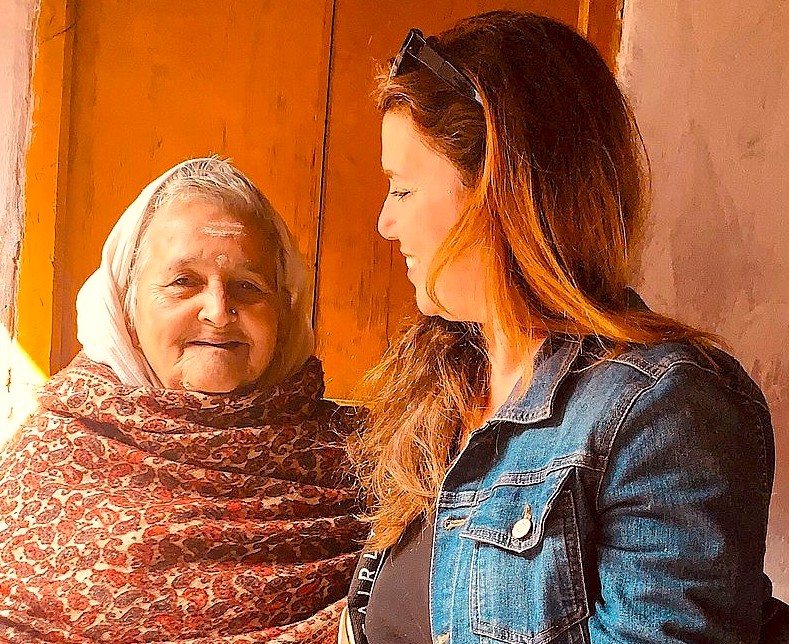
Maharashtra India. We find that the exchanges between us and the local community are deeply rewarding for everyone. When we engage with a local artisan in a village near Aurangabad, we don’t just buy a craft; we hear the story behind it and see a tradition passed through generations. We feel their pride as they share their skills, and in return, our purchase provides direct support for their family and the preservation of their heritage. When we hire a local guide in Mumbai, we provide a livelihood, and they give us invaluable insights into their city that we could never find in a book. This beautiful interchange goes beyond simple transactions. It’s a meaningful sharing of cultures, stories, and respect.